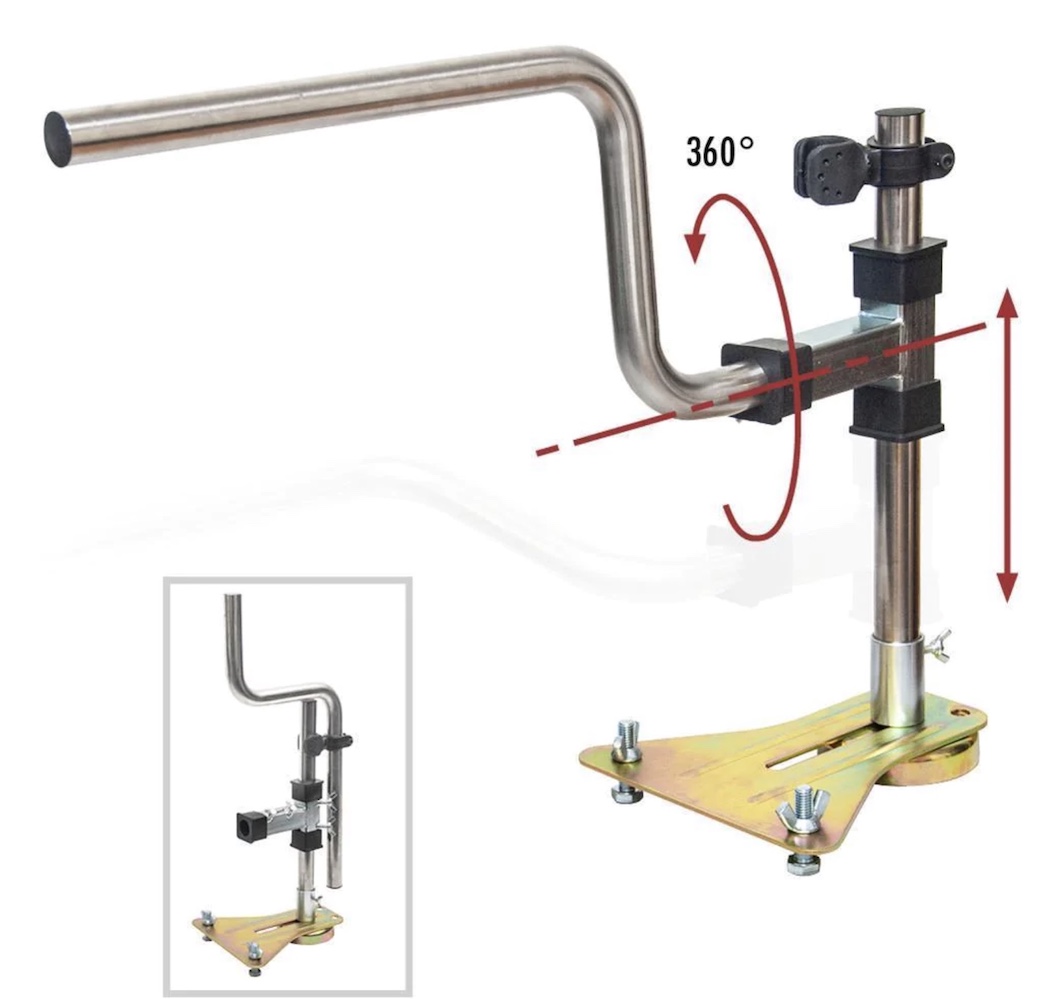Tig welding carbon steel with pulse and without
Learn more about the Stronghand Wrist Rest Prop used in the video above
Outside corner joint on 11ga steel with and without pulse
This page and video is about Tig welding carbon steel with pulse and without pulse on a turntable.
I have a simple tig project that requires welding 4 end caps on to a few pieces of 4" carbon steel tubing.. so I thought I would experiment a bit with pulse settings.
The wall thickness on the tubing is around .090" and I didnt really want to fully penetrate because that would only bring oxides into the weld.
When you see the actual application on these parts you will understand why I wasn't concerned with penetration.
For the first one, I set the pulse to 50pps with 75% background current. (pulse width is fixed at 50% on the mt200).
sometimes pulse settings can provide a bit of agitation to the puddle and help it flow along with less heat input.
Setting the background to 75% gave a bit of a flutter but I dont really think it had any real benefit.
Slow pulse tig settings
Next I set the pulse to 2 pps with background set to around 25% and for some reason, I used a clear 8 cup.
With 2 pulses per second, I added .045" filler rod every other pulse.
It seemed to go better.
TiG welding without pulse
I like to experiment with pulse settings.
But often times, when I compare pulse to no pulse tig welding...
I come away thinking that pulse can help a little bit in a few situations but its not the be all end all in TIG welding.
I really like high speed pulse settings for welding on or near an edge.
And I like slow pulse setting of .7 to 2 pulses per second for turntable welding.
But for the most part, straight dc current without pulse gets the job done.
In a previous video, I showed welding on an edge using high speed pulse tig settings.
Welding on or near an edge is definitely one area where high speed pulse tig settings shine.
But again, the same weld can be made without using pulse.
I think using pulse settings can make certain jobs easier and occasionally even better.
But it all boils down to who is behind the welding hood.
When I worked for a large aerospace repair company, they decided to buy all new tig welding machines because of surplus funds in the shop equipment budget.
So we transitioned from first generation Miller syncrowave 250 tig welders to Miller dynasty 200 inverters with pulse capabilities.
So did the quality of welding improve?
Overall I would say Not really.
But there were a handful of jobs where high AC frequency settings along with different waveforms made a difference...and high speed pulse on DC was useful on a handful of applications too.
What I learned was that the really good tig welders who were really engaged in their work saw the benefits of using high speed pulse.
And the others didn't notice any benefit.
















